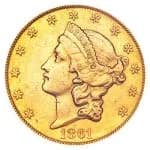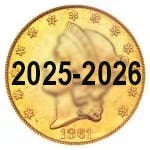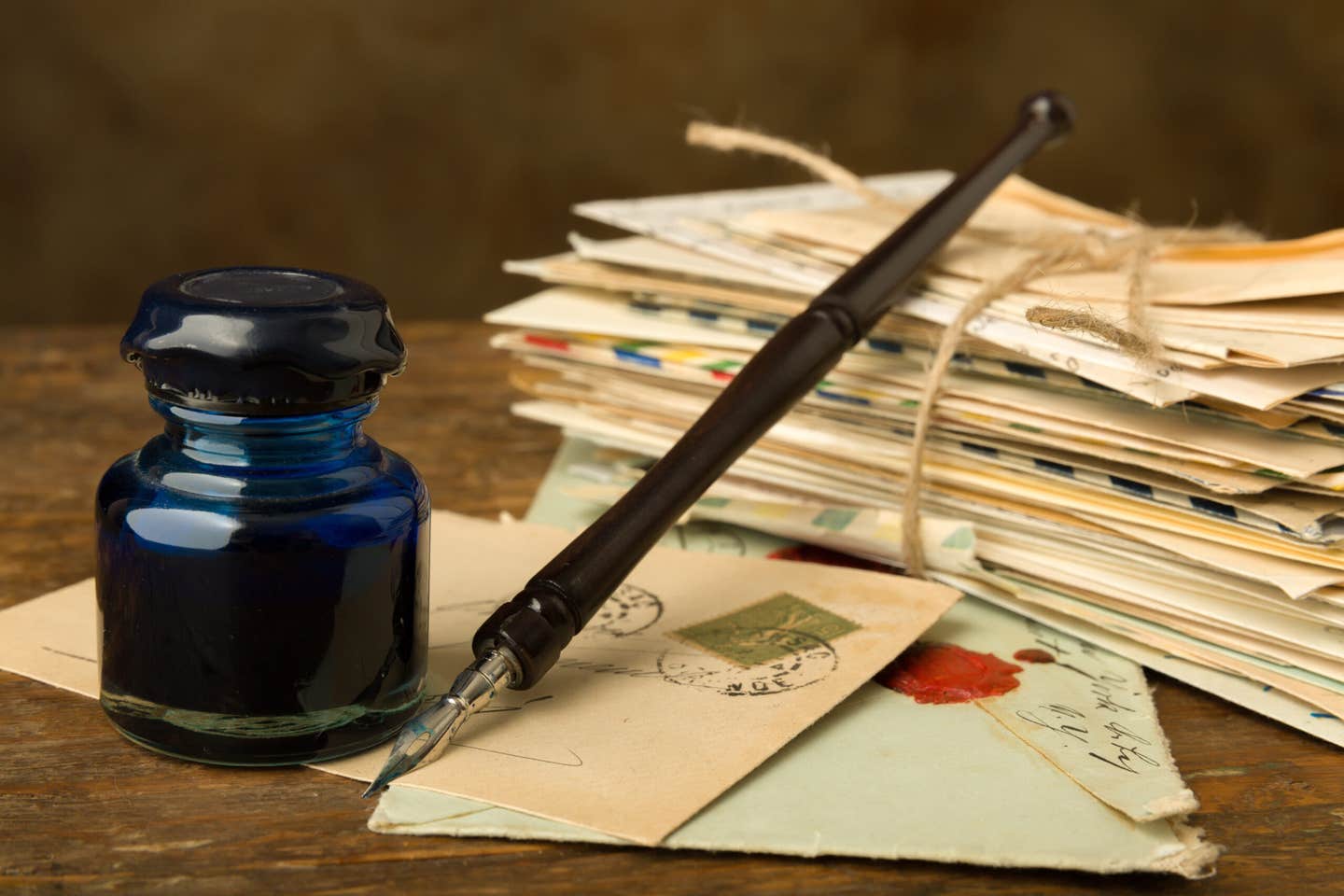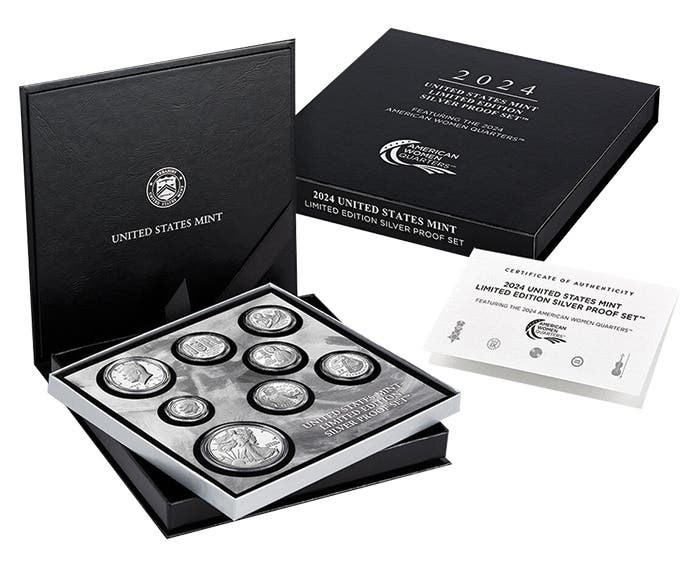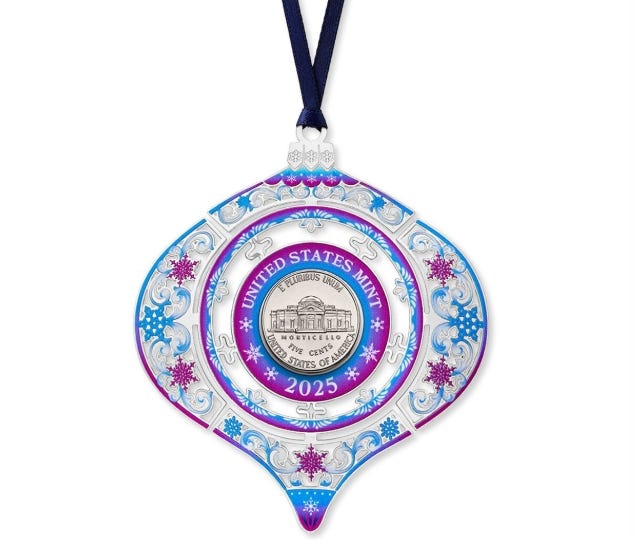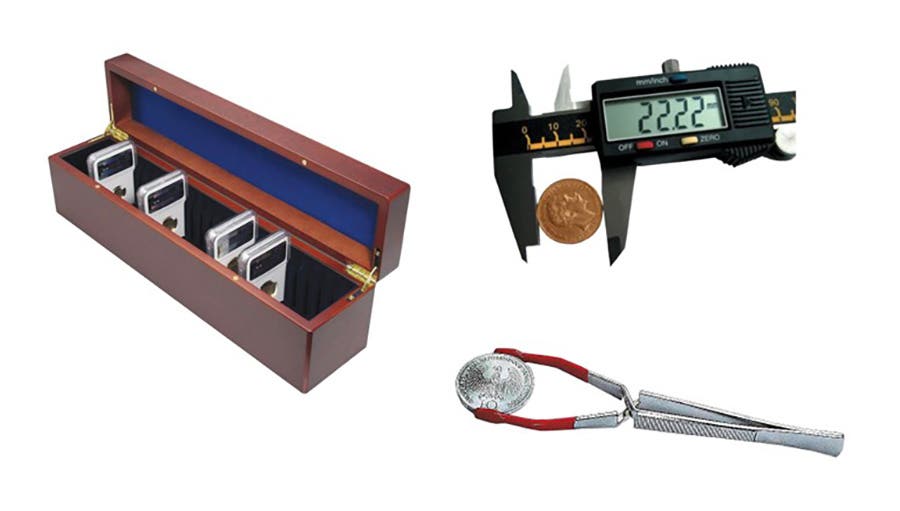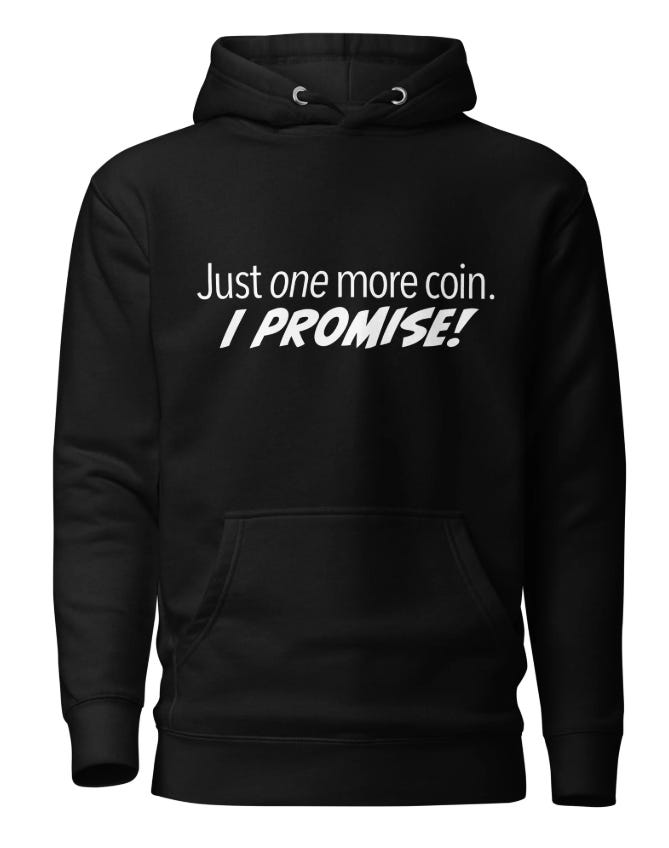Poll Question: Have you ever disagreed with a coin’s professional grade because of its lack of eye appeal? What happened?
From the August 8, 2025, Numismatic News e‑Newsletter: respondents agree—buy the coin, not the holder, and trust your own judgment over the slab.
The answer is quite often, whether third-party graded or raw, mint state or circulated. Recently, I viewed a rare date $5 gold graded PCGS XF45 CAC that was probably XF by wear, but was so heavily bag marked and scuffed in the fields that there was no chance I would consider buying it.
The admonishment is to buy the coin, not the plastic. Even TPG coins need to satisfy you, the buyer.
Gary Burhop, Memphis, Tenn.
Can you think of a more subjective characteristic than “eye appeal”? Not long ago, tarnish and oxidation on a silver coin were always considered a detractor, as they are technically “environmental damage. " Today, we call it 'toning' and award a premium to the value of a 'toner.”
Actually, I believe “eye appeal” is, or at least should be, inherent in the grade. Superlatives such as Cameo, Ultra Cameo, Red, Red-Brown, Brown, Full Bands, Full Torch, Full Head, Five Full Steps, Full Bands, and any other adjectives are for marketing purposes. The problem is not that “eye appeal” causes a lower grade; the entire grading process is subjective to an opinion standard with no definition of actual quantifiable characteristics.
The initial intent and purpose of Third-Party Grading Services was first to render an opinion as to authenticity and second, an opinion as to relative quality based on experience, and that was fine back in 1972 when ANACS first launched the philosophy to combat the problem of counterfeit coins. Back over fifty years ago we didn’t have the technology to measure reliefs and incursions of a coin surface to nanometers, reflectivity of lumens at various light frequencies, radio spectroscopy analyses of metallurgical content, light frequency scatter patterns, weight to micro grams and the capacity to establish large databases of information specific to those characteristics for each coin type, so the opinion standard was the best we could do. Today, we can collect that specific data.
If we were to use those empirical characteristics to assign a “grade,” eye appeal would be implied…an MS35 will look better than an MS20. A “Full Bell Lines” Franklin Half Dollar would yield a higher grade than a Franklin Half that does not have Full Bell Lines. Would that eliminate the possibility of obtaining an MS70 grade? Maybe. Two possibilities exist. One, we could define a range for each quantifiable characteristic for each grade, including the 70 or two, the “Perfect 70” would be considered theoretical, as it was at the development of the Sheldon scale.
Name and Address withheld
Absolutely, I've disagreed with the grade given by the TPGS because of the coin's appearance [usually it's because of mottled toning or the coin is just too dark]. What do I do? Pass on the opportunity to purchase the coin, of course.
James Sibley, Spring, Texas
Yes. Recently, I bought in a Heritage auction a 1917 Walker in MS66+. When I received the coin, I thought it didn’t deserve the + grade, as the eye appeal in hand wasn’t what I expected. Generally, the pics the top auction houses supply are quite good, but for some reason, they weren’t on this coin. I learn to live with it, and I know why I got it below Greysheet.
Roy, Address withheld
Yes, I disagreed with a grading and sent the coin back, and I was right, the difference was hundreds of dollars, and glad I sent the coin back. I did receive an expedited grading and had my coin back within 3 days after they received my coin. I have been collecting coins for over 50 years and think I am very knowledgeable.
Andy, Address withheld

